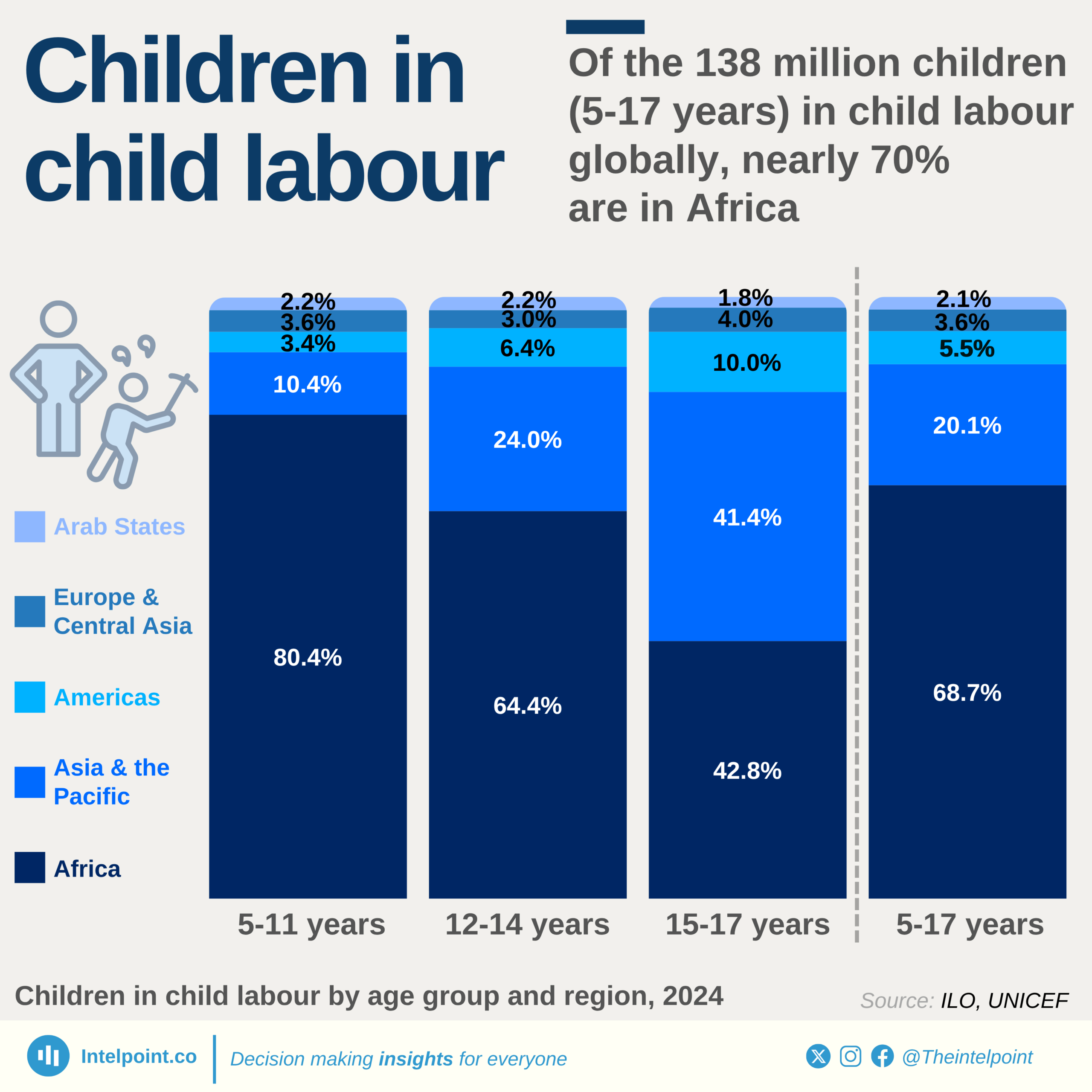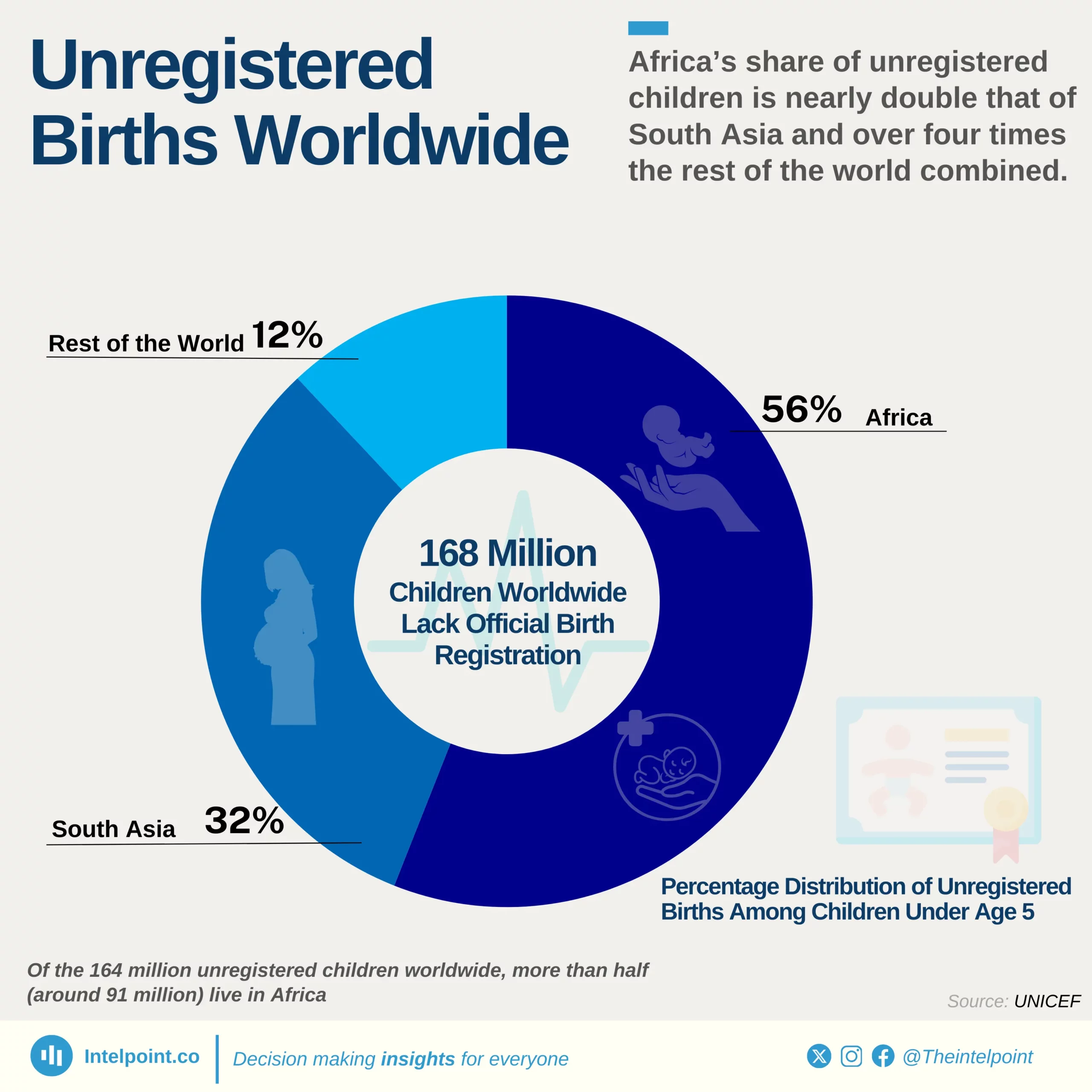In the 1960s, nations like Sierra Leone, Mali, and Burkina Faso faced staggering mortality rates exceeding 300 deaths per 1,000 live births, reflecting widespread challenges in healthcare, nutrition, and sanitation. However, sustained efforts in public health, disease prevention, and economic development have led to dramatic improvements. Cape Verde stands out as a regional success story, reducing its under-5 mortality rate by over 93% to just 12.3 by 2022, the lowest in West Africa. Countries like Ghana, Senegal, and The Gambia have also seen consistent declines, with rates dropping below 50 in some cases. Despite this progress, disparities remain, as nations such as Niger and Sierra Leone continue to grapple with high rates. This underscores the need for continued investment in healthcare, poverty reduction, and child welfare programs to ensure every child in West Africa has the chance to survive and thrive.




